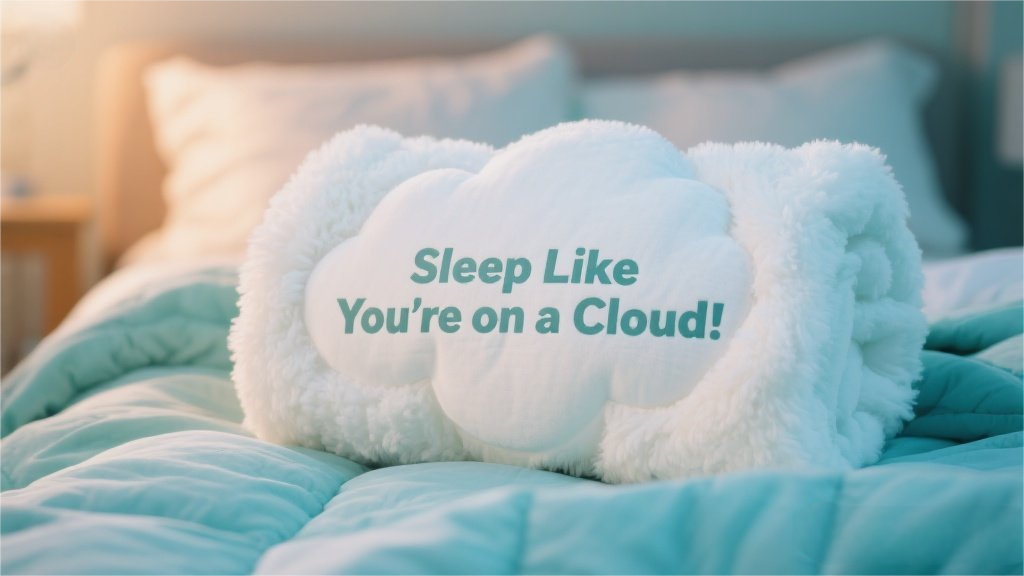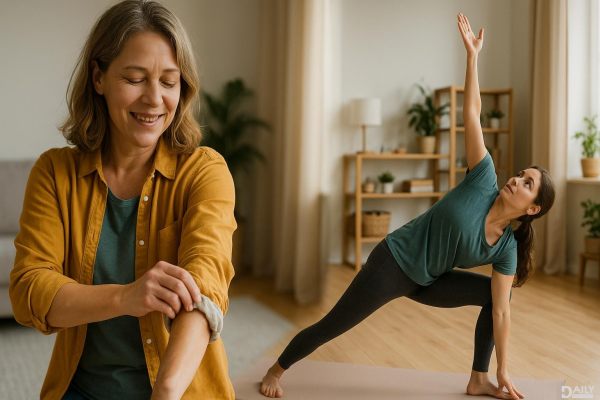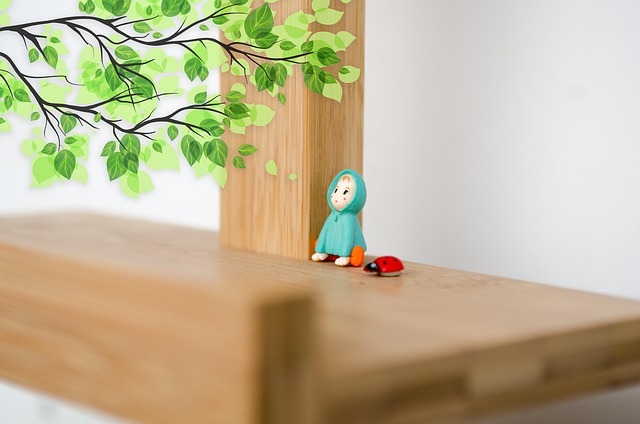Clutter isn't just about messy countertops or overstuffed closets—it's a silent energy vampire that turns your home into a productivity graveyard. After fifteen years of helping people reclaim their spaces, I can confirm that the most organized homes don't rely on fancy storage systems. They follow one simple rule: less stuff equals less stress. The magic happens when you shift from managing clutter to preventing it altogether.
The Psychology Behind Clutter
Ever notice how a chaotic room makes your brain feel like a browser with 50 open tabs? Neuroscience backs this up—clutter overloads your sensory system, triggering cortisol spikes that leave you exhausted before you’ve even started your day. A UCLA study found that women with cluttered homes had higher stress hormone levels and were more likely to procrastinate. But here’s the kicker: we often cling to stuff for emotional reasons. That unused bread maker? It’s not about baking—it’s the ghost of the "perfect homemaker" fantasy you abandoned in 2018. Recognizing these mental traps is step one to breaking free.
The Invisible Tax of Owning Too Much
Think of every item you own as a tiny employee demanding attention. That "cute" mug collection requires washing, dusting, and rearranging—time you could spend reading or hiking. Even if you’re not actively using things, your subconscious tracks them like background apps draining your phone battery. One client calculated she spent 12 hours weekly just moving objects from one pile to another. Multiply that by 52 weeks, and suddenly, that $5 clearance-section vase costs you 624 hours a year in mental real estate. Minimalism isn’t deprivation; it’s a productivity hack disguised as decluttering.
Breaking the "Just in Case" Addiction
We’ve all kept things for hypothetical scenarios—extra phone chargers (because what if 17 friends lose theirs simultaneously?), outdated textbooks ("I might revisit macroeconomics!"), or clothes that fit only if you morph into your 2012 self. Try this reality check: if you needed an item badly enough, you’d remember owning it. For true emergencies (like a global pandemic), focus on practical backups—not the 39 hotel soaps in your guest bathroom. Pro tip: photograph sentimental items you rarely use. You’ll preserve memories without the physical burden.
Designing Your Personal "Clutter Vaccine"
Prevention beats cure when it comes to clutter. Start by auditing your home’s entry points—front door, mail, online carts—and install "speed bumps." For physical items, implement a one-in-one-out rule (new sweater in? An old one donates). Digitize paper clutter with apps that auto-sort receipts and bills. For online shopping, use a browser extension that adds donation prompts ("This $30 shirt could fund 10 meals at a shelter—still want it?"). The goal isn’t perfection; it’s creating enough friction to make mindless accumulation harder than intentional living.
When Less Becomes Liberation
The biggest myth about minimalism? That it’s empty white walls and joyless spaces. In reality, the people I’ve worked with report unexpected perks: one artist found her creativity surged after ditching 80% of her supplies ("Turns out constraints breed innovation"). A CEO client reclaimed 10 hours weekly by eliminating wardrobe decisions (hello, uniform dressing). And a teacher finally hosted dinner parties after clearing her dining table of "to-do" piles. When you stop drowning in stuff, you rediscover something wild: your home—and your time—are actually yours again.
At its core, anti-clutter living isn’t about what you’re giving up. It’s about what you’re making room for—whether that’s hobbies, relationships, or simply the luxury of breathing deeply in your own space. Start small: today, notice one item that’s been gathering dust and ask, "If this disappeared, would my life get worse?" Spoiler: 90% of the time, the answer’s no. And that’s your first step toward a home that fuels you instead of draining you.
























